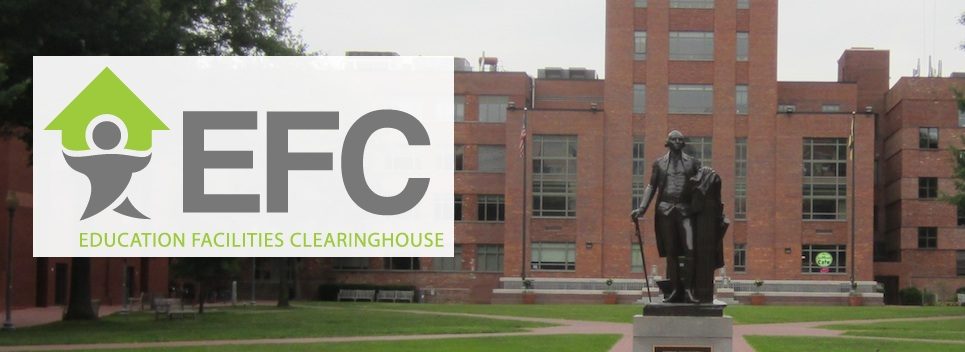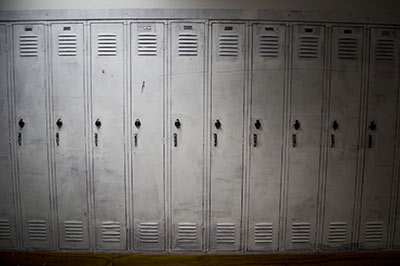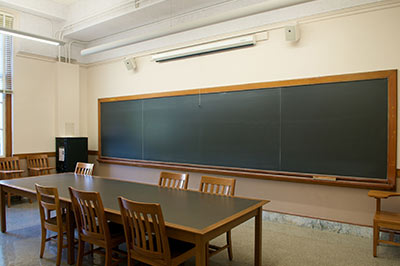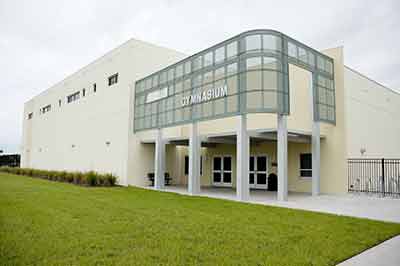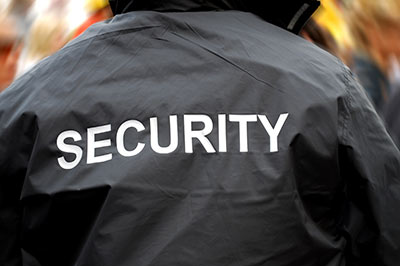State Board of Education, North Carolina, 2008
The following procedure is intended as a guide to be used when school closing is contemplated, and upon which local board policy may be based. The procedure is presented in a sequential manner; however, its sections may be used separately or together as local conditions require. It is primarily intended to identify the various kinds of information to be considered, as well as the particular processes to be undertaken by the local board of education prior to closing a school.
